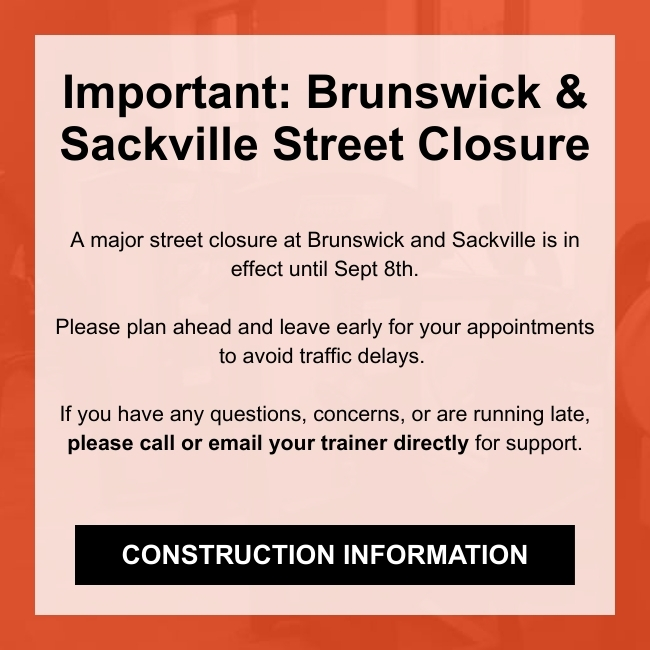
*For part 1 click the link here –> Up Your Game Hiking: Part 1
Hiking to the ‘roof of Africa’
Our Experience
You feel the mountain, no question. There really is no way to describe altitude until you’ve experienced it. Light headedness, shortness of breath, dizzy, disoriented, and the occasional headache that always lingers around; that is the best way that I can describe it. Those things considered, the trek itself is no walk in the park. There were days where we covered 15 + kilometres of hiking (~6-9 hours). And, hiking a mountain is quite different from walking a city street. See video below for an example of some of the terrain we had to traverse
7 days of hard trekking we finally achieved what we had set out to do, get to Uhruhu Peak, the highest point in Africa at 5,895m (19,341 ft).
Key Learnings: fitness and physical preparation
Don’t take training and preparing for an adventure like this lightly. It can be a very challenging endeavour at times. However, we really enjoyed (almost) every part of the physical trek because we felt we prepared for it in the best way possible. Where we only had the ability (due to time restraints) to go for one real hard hike per week in our training leading up to the trek, we feel that resistance training was the key determining factor in our physical ability on the mountain.
Lava Tower with our guides: Issac and Gibson
Is Kili achievable without resistance training? Sure, but it has been our experience that it makes the task significantly less daunting, with a higher rate of success, less chance of injury and burnout, therefore making the whole experience much, much more enjoyable.
We have never before attempted such a long hike on 7 consistent days. Our muscles, and therefore our cardiovascular system, will have to work harder than they are used to. This puts a big stress on our systems overall and we’ll feel the effects of it substantially more, even without the impending effects of altitude. This makes the experience substantially less fun.
Maybe many of you reading this don’t care to ever climb Kili or any mountain for that matter. However, it has been our experience, and the experience of other hikers, trekkers and mountain climbers that strength training definitely gives you a significant edge, no question. It’s my opinion that anyone deciding to take on a hiking, backpacking or trekking challenge start to ‘lift heavy things’ to train and prepare. It will improve your experience to be in great shape.
Here are few tips to get you started:
1. Find a Fitness Coach or a training buddy. Motivation and accountability are the goals here
2. Dedicate 2 times per week to your workout
3. Focus on big movements (compound exercises). Refer to “Part 1” for a taste of sample workout
4. Do one or two sets of each exercise to the point where you can no longer do another rep. We call this “Momentary Muscular Failure” or MMF for short
5. Practice your event as closely as possible to the actual activity you will performing. Wear the footwear and other gear that you will be trekking in, try to train under similar conditions to where you’ll be trekking, etc
6. Rest, Sleep, recover, drink water, eat well and take generally good care of yourself for at least 6 weeks leading up
7. Have fun! My experience is that leading up to an adventure accounts for a large portion of the excitement
Physical achievement all boils down to the quality of our muscles. Hopefully you find these tips and the tips from my previous post helpful and inspiring in planing your next adventure!
Up your game: Increase your Strength and Improve your Performance.
Whats next for Candace and I? Who knows, but we can say that we have a few things on our radar, namely Mt. Olympus, Greece (*Update: completed in Fall, 2015) & Annapurna, Nepal.
Thanks again for reading, I invite you all to share your stories of travels and adventures on our Facebook page.
Thank you for reading!
Matt – [email protected]





